Among the world’s diverse range of berries, gooseberries hold a special place for their tart, tangy flavor and high nutritional value. From traditional desserts to herbal medicines, gooseberries have long been cherished across different cultures. But have you ever wondered which country is famous for producing the most gooseberries? In this article, we’ll explore the origins of gooseberries, their nutritional benefits, global cultivation, and the country that stands as the top producer of this underrated superfruit.
What Are Gooseberries?
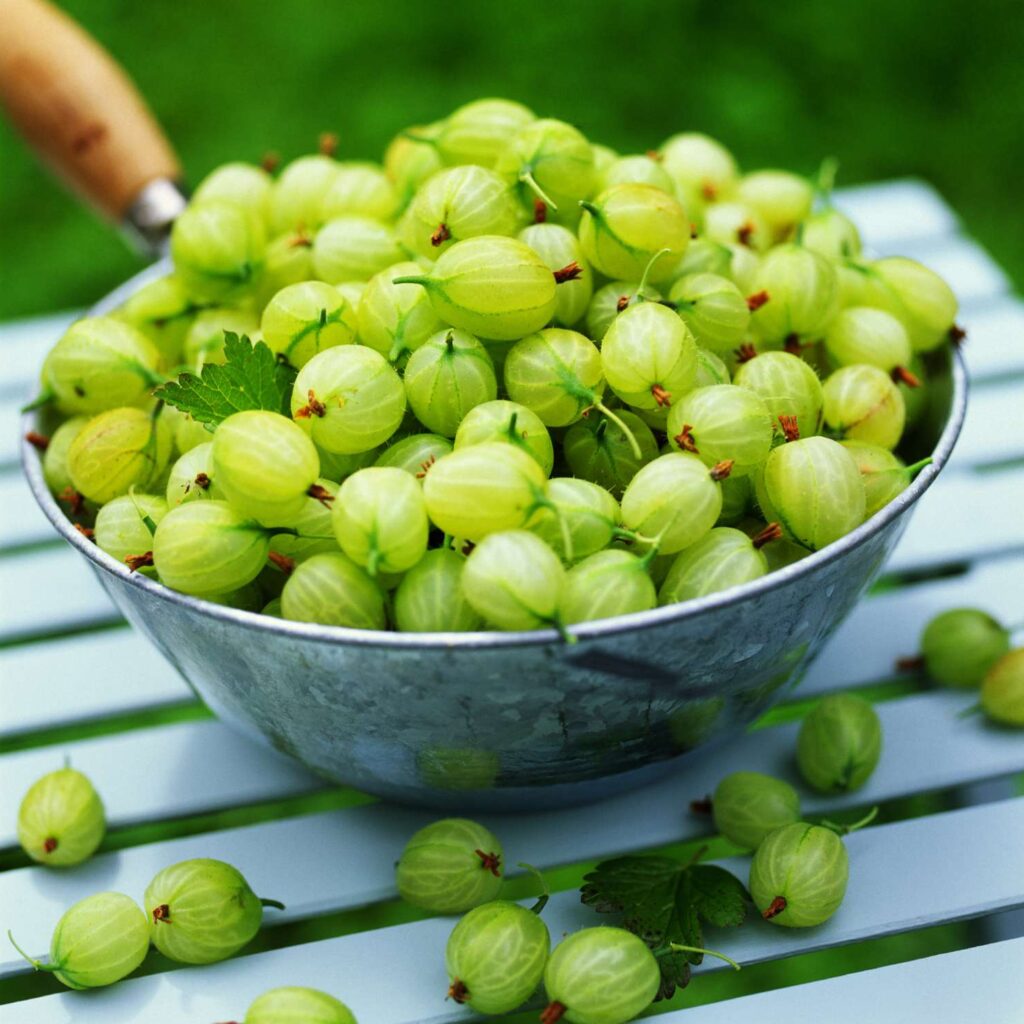
Gooseberries are small, round fruits that grow on deciduous shrubs of the Ribes genus. They can range in color from bright green and yellow to red and deep purple, depending on the variety and ripeness. The berries are known for their juicy, slightly acidic flesh and a skin often covered in tiny, soft hairs.
Gooseberries are consumed fresh, made into jams, chutneys, desserts, pickles, syrups, and even herbal teas. They’re especially valued for their high vitamin C content, making them a powerful immune booster and antioxidant source.
Origins and History of Gooseberries
Gooseberries are native to Europe, northwestern Africa, and parts of Asia. Historical records trace gooseberry cultivation back to the 13th century in England, where they became a popular fruit among medieval households. Over the centuries, different species adapted to various climates — from cool, damp European woodlands to warmer South Asian regions.
There are mainly two kinds:
- European Gooseberry (Ribes uva-crispa)
- American Gooseberry (Ribes hirtellum)
Additionally, Indian Gooseberry (commonly known as Amla) belongs to a different botanical family (Phyllanthaceae) but is also widely known for its health benefits.
Nutritional Benefits of Gooseberries
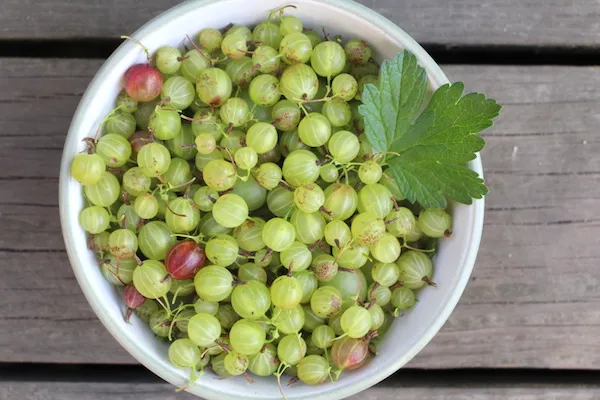
Gooseberries are often categorized as a superfood due to their rich nutrient profile:
- Exceptionally high in vitamin C
- Contains vitamin A, B-complex vitamins, calcium, iron, and potassium
- Packed with antioxidants and polyphenols
- Rich in dietary fiber
These nutrients make gooseberries beneficial for:
- Boosting immunity
- Supporting heart health
- Aiding digestion
- Managing blood sugar
- Improving skin and hair health
Which Country Is Famous for Producing the Most Gooseberries?
India: The Undisputed Leader in Gooseberry Production
When it comes to gooseberries, India is by far the largest and most famous producer in the world — particularly of the Indian Gooseberry, commonly known as Amla.
Why India Leads the World:
- Ideal Growing Conditions: Gooseberries thrive in India’s tropical and subtropical climate.
- Cultural Significance: Amla has deep roots in Ayurveda and Indian culinary traditions.
- Large-Scale Cultivation: Thousands of hectares across multiple states are dedicated to gooseberry farming.
- Versatile Usage: Used in herbal tonics, pickles, sweets, health supplements, oils, and cosmetics.
Estimated Annual Production:
India produces over 1.4 million metric tons of gooseberries annually, making it the largest contributor globally.
Major Gooseberry Growing States in India
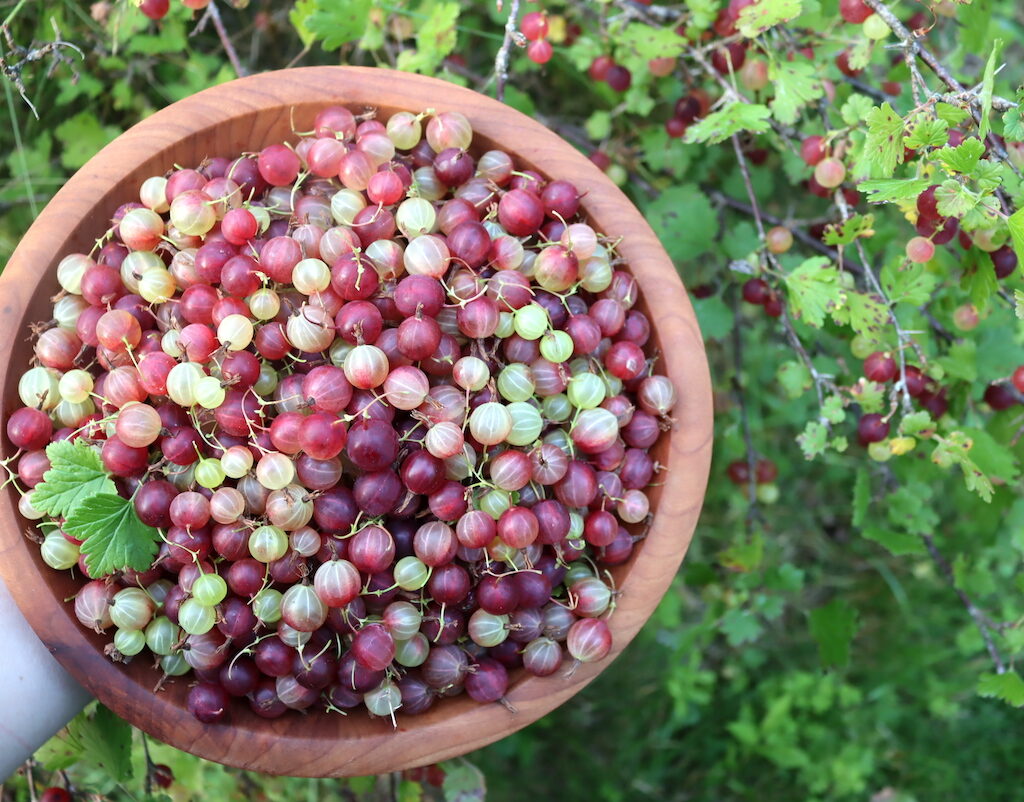
The bulk of India’s gooseberry (Amla) production comes from:
- Uttar Pradesh (highest in acreage and yield)
- Maharashtra
- Madhya Pradesh
- Tamil Nadu
- Andhra Pradesh
- Gujarat
- Rajasthan
Pratapgarh in Uttar Pradesh is considered the ‘Amla Capital of India’, famous for its high-quality fruit and value-added products.
Other Major Gooseberry Producing Countries
While India dominates global production, several other countries also grow gooseberries, primarily for local markets and niche exports.
China
China cultivates gooseberries in limited regions, mostly for use in traditional medicines and desserts.
Pakistan
Neighboring Pakistan grows gooseberries, particularly in Punjab and Sindh, for local consumption and traditional remedies.
United Kingdom
The UK historically popularized European gooseberries, grown primarily in:
- England (notably Yorkshire and Kent)
- Scotland
Though its commercial importance has waned, amateur gooseberry shows and local jams keep the tradition alive.
Russia
Russia grows wild and cultivated gooseberries in its temperate regions, often used in syrups, preserves, and desserts.
Germany
Germany continues to produce European gooseberries, especially in Bavaria and Saxony, for culinary uses.
Global Gooseberry Production Table
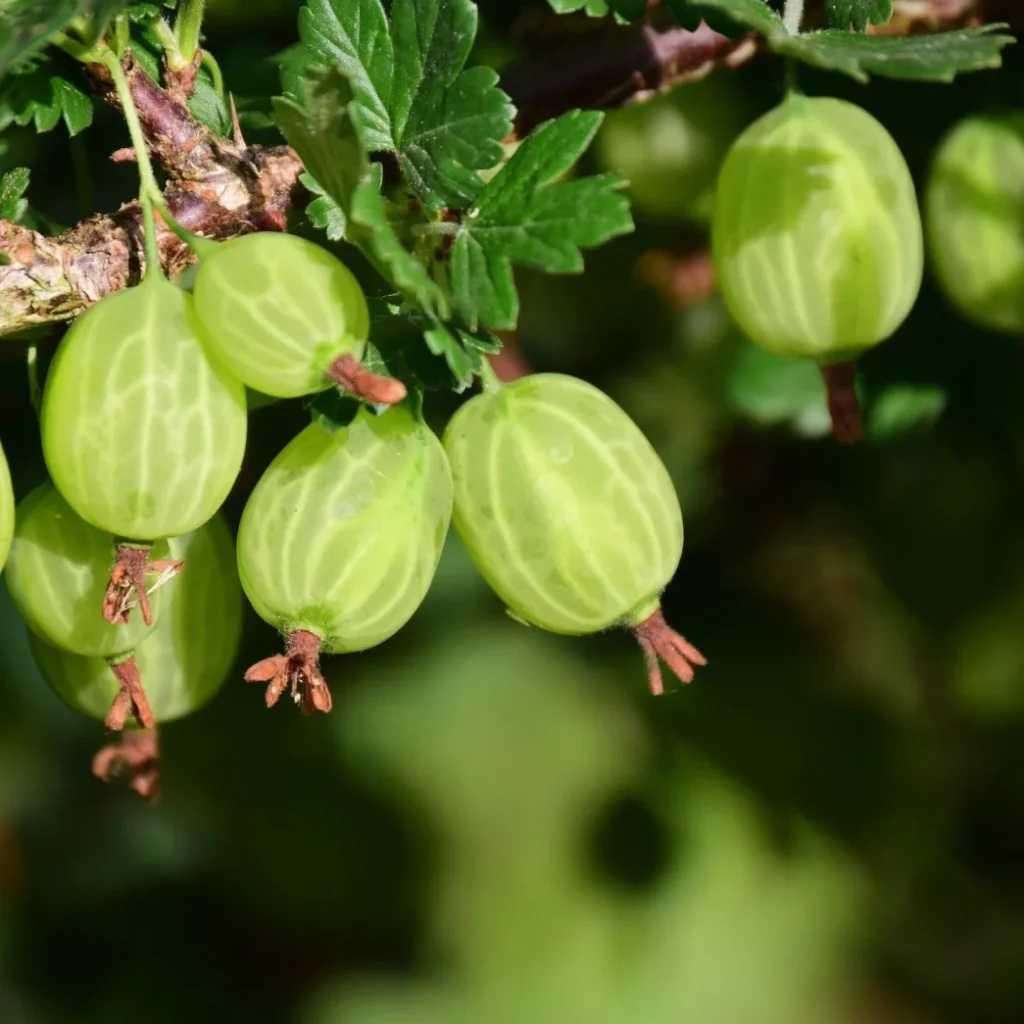
| Rank | Country | Estimated Annual Production (Metric Tons) |
|---|---|---|
| 1 | India | 1,400,000 + |
| 2 | China | 25,000–30,000 |
| 3 | Pakistan | 20,000–25,000 |
| 4 | United Kingdom | 5,000–7,000 |
| 5 | Russia / Germany | 4,000–6,000 |
Note: Numbers vary as gooseberries are often classified under minor fruit crops in global data.
Where Does the World Get Most of Its Gooseberries?
Since fresh gooseberries have a short shelf life and are perishable, most production is locally consumed. However, there’s a growing demand for dried, frozen, and processed gooseberry products internationally.
Key Exporters:
- India: The world’s primary source of fresh and processed gooseberries, exported as dried Amla, Amla powder, candies, herbal supplements, oils, and cosmetics.
- United Kingdom and Germany: Supply small quantities of fresh gooseberries to European markets.
- Russia and Pakistan: Limited regional trade.
India’s Key Export Markets:
- USA
- Middle East (UAE, Saudi Arabia, Oman)
- Canada
- UK
- Malaysia
- Australia
Gooseberries in Traditional and Modern Cuisine
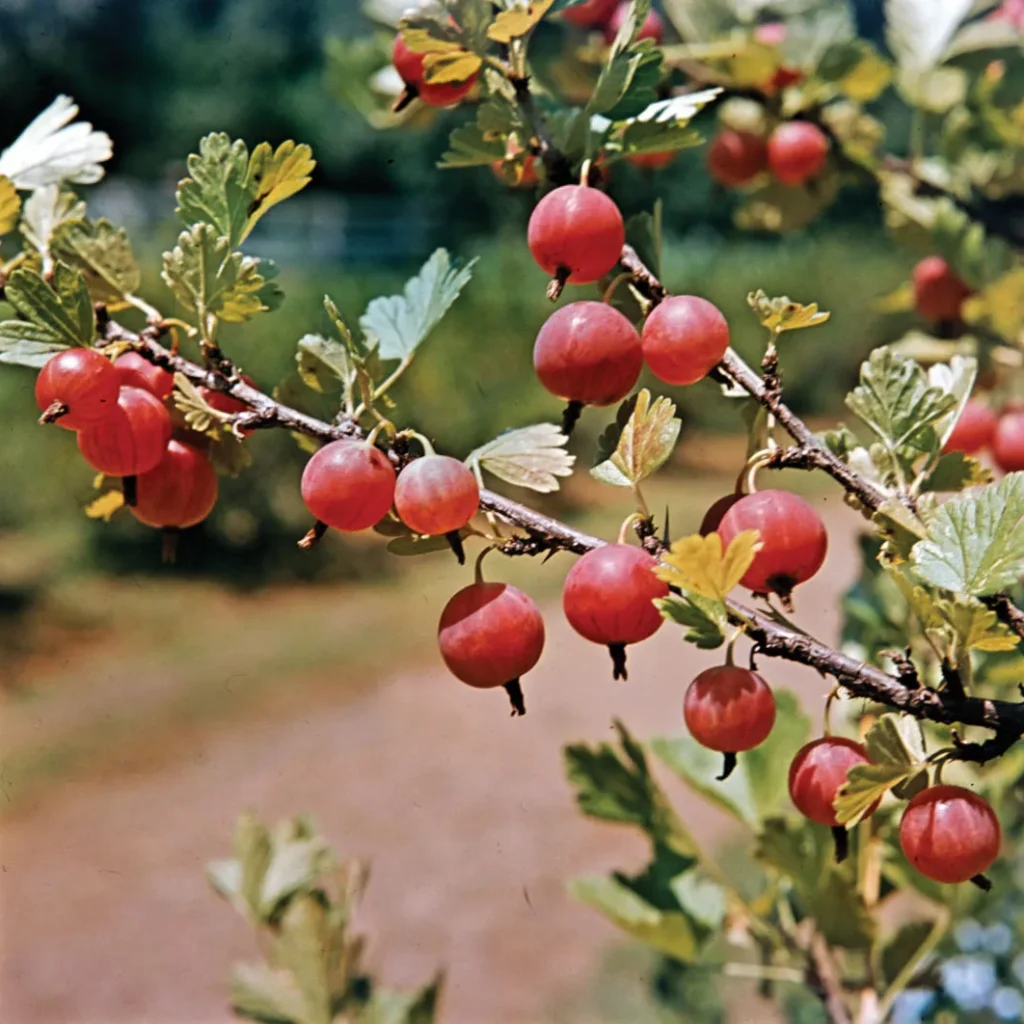
- India: Amla is used in pickles, chutneys, juices, jams, and Ayurvedic tonics.
- Europe: Gooseberries appear in pies, tarts, compotes, jams, and wines.
- Russia: Gooseberry preserves and syrups are household staples.
- China: Used in traditional medicines and sweet desserts.
Conclusion: Which Country Is Famous for Producing the Most Gooseberries?
In summary:
- India is globally renowned and leads the world in gooseberry production, particularly the Indian Gooseberry (Amla).
- Other countries like China, Pakistan, UK, Russia, and Germany produce comparatively small quantities.
- As health-conscious eating and herbal remedies gain popularity, the global demand for gooseberries — especially processed products like Amla powder and supplements — continues to rise.
So, the next time you enjoy a tangy gooseberry pickle or sip an herbal Amla juice, you’re likely tasting a product from the orchards of Uttar Pradesh or Maharashtra in India — the heartland of global gooseberry production.

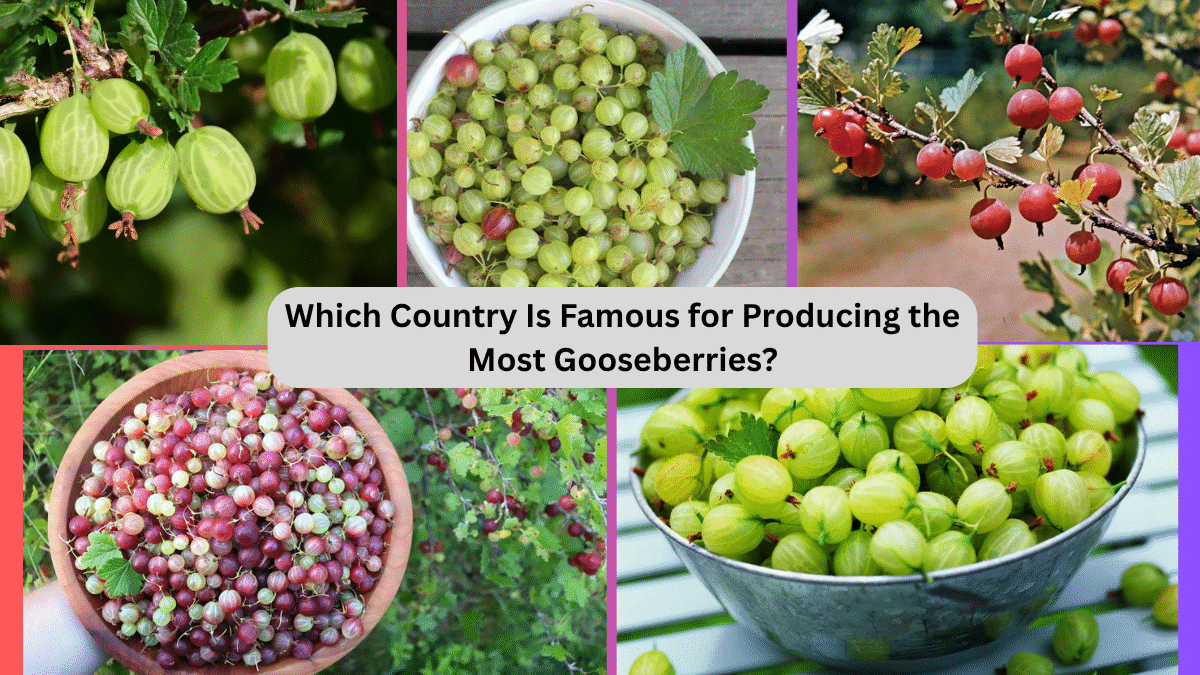
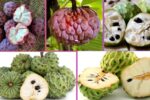



Leave A Comment